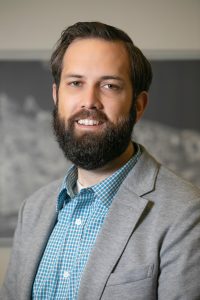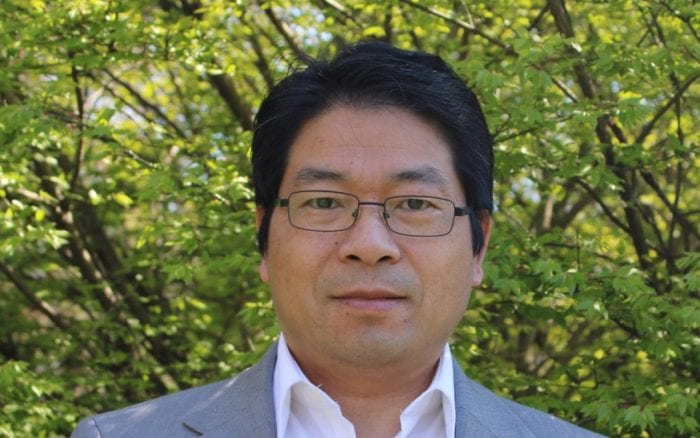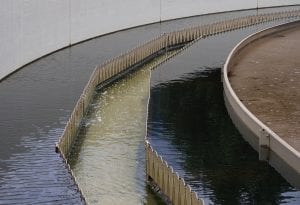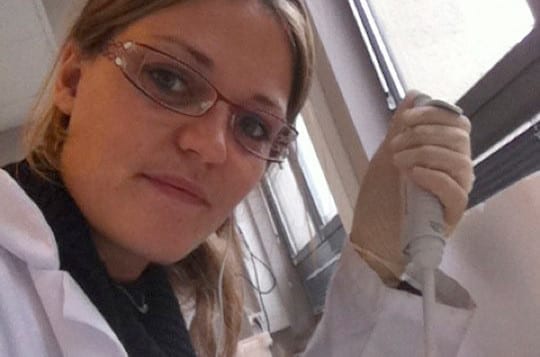Looking out the window on a sunny day, one might notice a not-so-subtle haziness in the sky. However, that haze isn’t harmless clouds or fog, it’s smoke that’s traveled a far distance across the nation from raging wildfires in California and Canada.
As concerns grow over the impact of these wildfires stretching their way over to the East Coast, Long Islanders are beginning to become uneasy about the repercussions the hazy smoke might have among residents.
With multiple reports of poor air quality in the past few weeks, people who have vulnerable conditions such as asthma, emphysema, or heart disease need to be wary and avoid going outside or doing strenuous activity.
“There is something called fine particulate matter, which is very small ash,” said Adrienne Esposito, executive director of Citizens Campaign for the Environment. “The cause of concern is that this is the type of material that causes respiratory ailments. It irritates the throat and respiratory system, but most importantly fine particulate matter can lodge in your lungs and make microscopic perforations, much like asbestos.”
According to Esposito, It is highly likely the ash will also be deposited into Long Island’s estuary and could affect the marine environment. However, it is uncertain exactly how much will accumulate due to the variables of wind speed and the amount of ash that will be pushed toward the Island.
“The East Coast should absolutely have an increased concern of weather events associated with climate change,” she added. “What we are having right now is an increase of torrential rain, and an increase in intensification of storms which means that hurricanes that might normally be a Category 1 [the lowest] now have the ability to reach 2, 3, or 4.” Esposito said.

Although air pollution issues are nothing new to New York, there are always certain times of the year, particularly in the summertime, that fine particulate matter can get trapped. The question of the future frequency of surrounding wildfires still stands.
While Long Island is experiencing a rainy season, California is currently facing one of the worst droughts in history. Within a two-year period, rain and snow totals in parts of the West have been 50 percent less than average.
“Just because Long Island is having a really wet season right now doesn’t mean it couldn’t shift later this year,” said Kevin Reed, a Stony Brook University School of Marine and Atmospheric Sciences researcher.
According to Reed, the winds that blow from out West don’t always streamline toward the East Coast. Direction in wind patterns could cause the air flow to “wobble,” so it is uncertain whether or not Long Island may face more smoke pollution in the future.
“Drought is certainly becoming more severe, potentially longer lasting, and at a larger extent, which means larger parts of land will be susceptible to wildfire,” Reed said.
Adding that wildfires are typically a natural occurrence and benefits land by replenishing it, Reed said the extent of the current wildfires is most likely a result of climate change and has potential to harm people and the environment.
“Air pollution could really affect our human health, especially to certain groups that are more susceptible to issues with air quality,” he said. “Even if it’s here for one day it could have an impact and of course the impact is going to be multiplied if it’s a longer-term event.”








